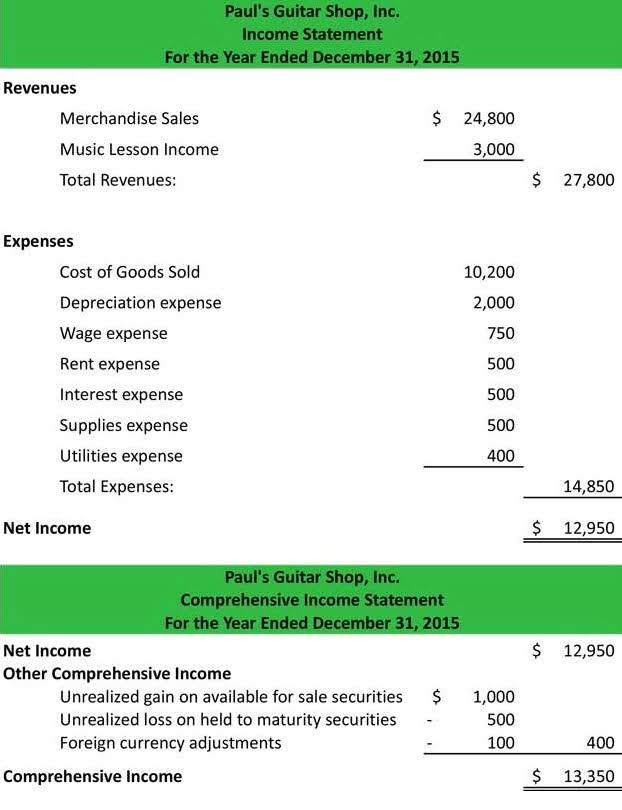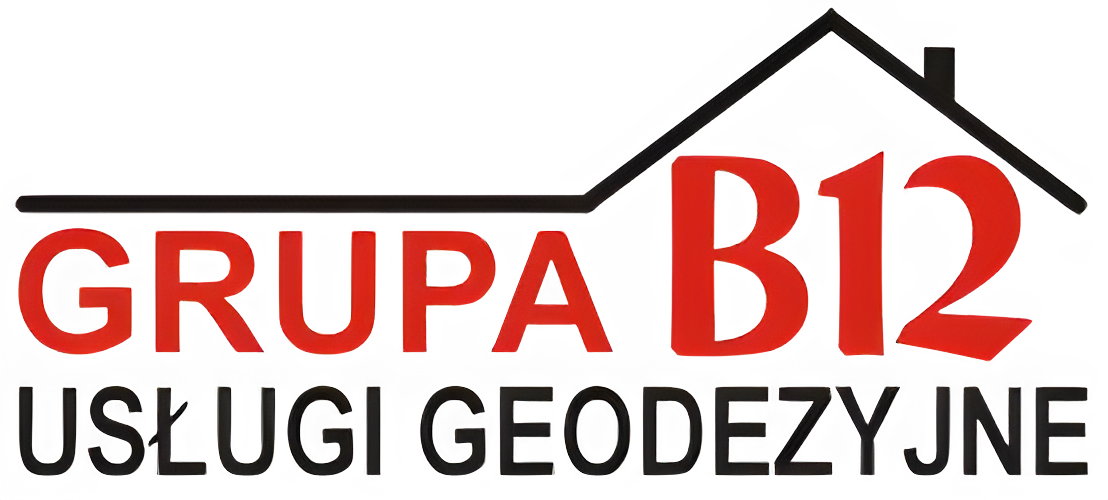
Other possible deductions include life insurance, disability insurance, and FSA contributions. Every amount to be deducted should be identified individually. The employer and employees should be able to check whether the necessary deductions have been made. • State income taxes, which will vary depending on where you live and work.
What is an employee pay stub?
She brings practical experience as a business owner and insurance agent to her role as a small business writer.
What are the different payroll cycles?

As you delve deeper into the pay stub, your attention is drawn to the pulsating heart of this financial document—the “Gross Wages” section. Here, in bold and unambiguous figures, lies Grocery Store Accounting the sum total of your earnings for the designated pay period. If you are a non-exempt employee that qualifies for overtime pay, you should see a pay rate 1.5 times greater than your regular pay rate for weeks you work over 40 hours. But if the contribution comes from the employer, it may be included in the employee’s gross wages.
- Detailed explanations for most items found in one’s payroll check will typically appear on their employer’s website or provided documentation.
- An hourly employee earns a base of $2,000, which includes 80 hours of regular work plus 5 hours of overtime pay at time-and-a-half.
- Most employers reasonably retain payroll records for about seven years.
- Here, you will get the answer to the question “What is on a pay stub?
- Each pay stub should have some basic elements that are commonly found on all pay stubs.
- But if the contribution comes from the employer, it may be included in the employee’s gross wages.
How to Create a Pay Stub

Up next, we’ll delve into the legal requirements surrounding pay stubs and the importance of adhering to them. In the financial industry, payroll check stubs are essential for verifying both employment and income. Whether it be for leasing an apartment or applying for a loan, payroll check stubs give an bookkeeping important insight into your financial status. However, even in states with no specific requirements, employers must still comply with federal laws related to wage and hour regulations, tax withholding and recordkeeping. This document can also act to show compliance of your employer with labor laws and tax regulations.

Legal Pay Stub Requirements for Employers
- In this article, we will discuss the taxes and pay stub deductions.
- Take fewer allowances, and a bigger chunk of your income will be withheld for your federal taxes.
- Deductions shows any additional deductions that might be taken out of your paycheck after tax, like group life or disability insurance.
- It is important to understand the category of the state compliance rules under which your business operates.
- FICA taxes are not based on a system of progressive rates like federal income taxes.
- This isn’t just your base pay; it encompasses all facets of your compensation.
It is not rare for many employers to implement a multi-step verification process in handling payroll. It may include, for example, comparing pay rate increases to documents delivered by the employees. Lastly, they can check any benefit deduction changes before processing the payroll.
- Nestled within the labyrinth of the pay stub are the crucial deductions that shape your pay period.
- This helps employees track their annual earnings and deductions.
- This section will break down the essential components of a pay stub, including gross wages, net pay, and the specific pay period.
- It’s a good practice to provide pay stubs since it’ll save you from many administrative headaches.
- In this blog, we are going to discuss everything related to paycheck stubs- from employment verification to income verification the whole gamut in between.
- States with no requirements have no state-level legislation, meaning employers don’t have to provide any pay stub.
- When it comes to financial planning, understanding your taxes is a fundamental part of the process.
- Depending on the state, pay stubs may also be part of payroll compliance.
- This allows you to accurately and confidently plan your monthly and yearly budgets.
- Both employers and employees may use payroll check stubs for various purposes, including tax returns and income proof.
- It may also depend on the state where the company’s employees reside.
- When onboarding new staff, employers typically walk them through how to log their hours but don’t always take the time to review their pay stubs.
The earnings section shows your earnings from the pay period and includes overtime. It also shows pre-tax deductions for different employee benefits that you may receive, such as health insurance and retirement contributions. The stub is something the employee can use to confirm what funds were withheld from the gross pay that led to the final net pay amount. There is no federal law that requires employers to provide employees with pay stubs, though most states do require employers to provide a pay stub. Pay stubs provide the best opportunity for employees to pay stubs meaning understand their earnings. They learn how their wages are determined and how the money is spent.
